Liege-Bastogne-Liege route changes could mean less predictable result
A new finish and the return of three climbs add up to a route that really begins to bite with about 100km top go
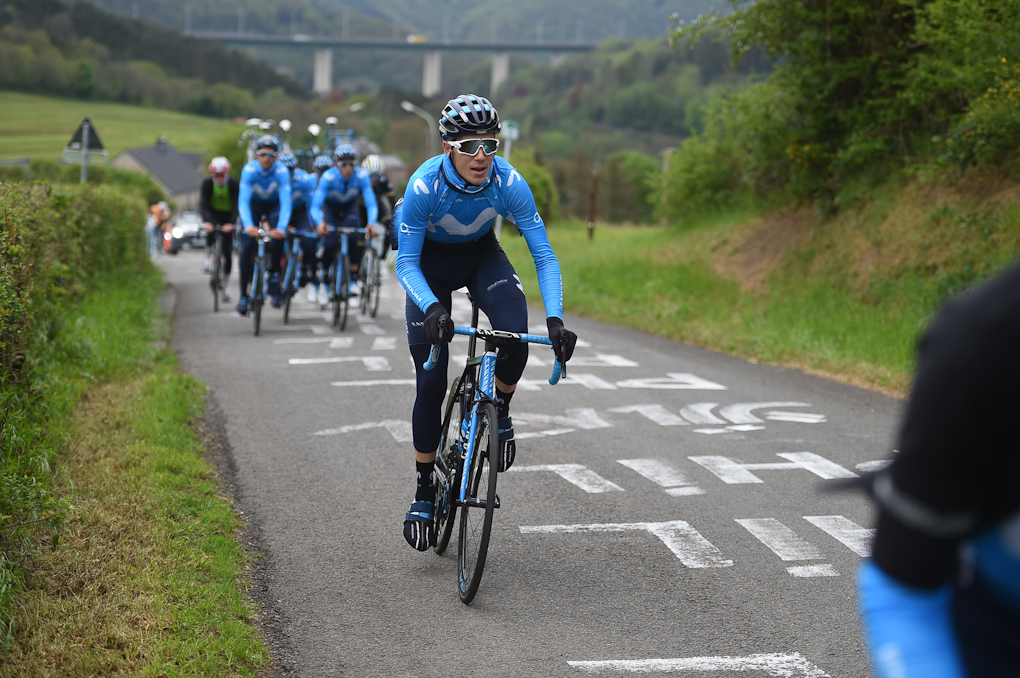
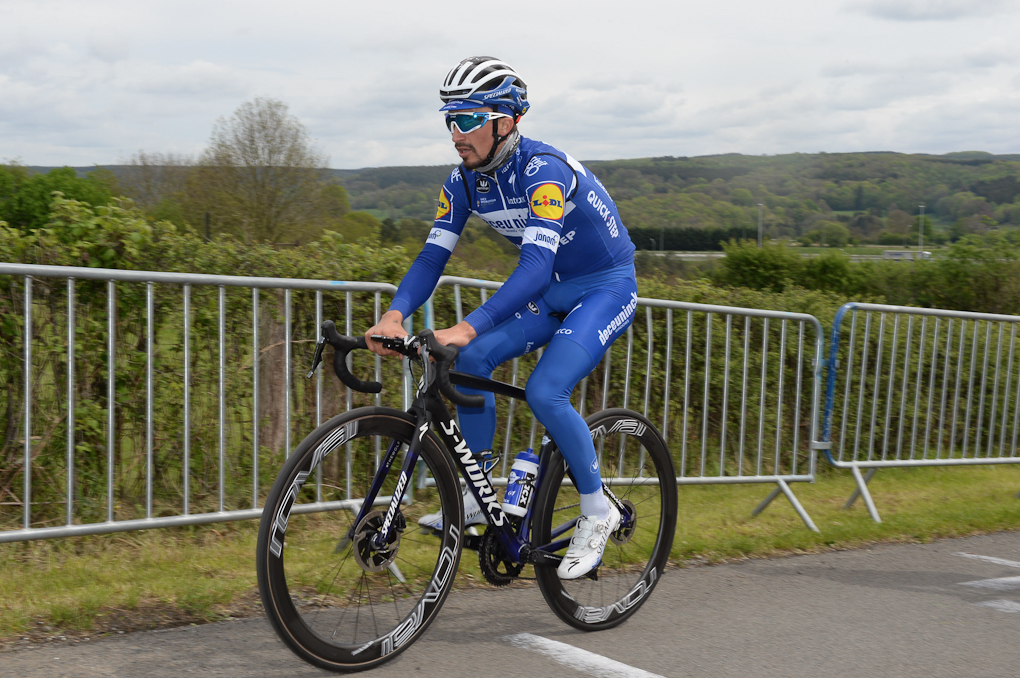
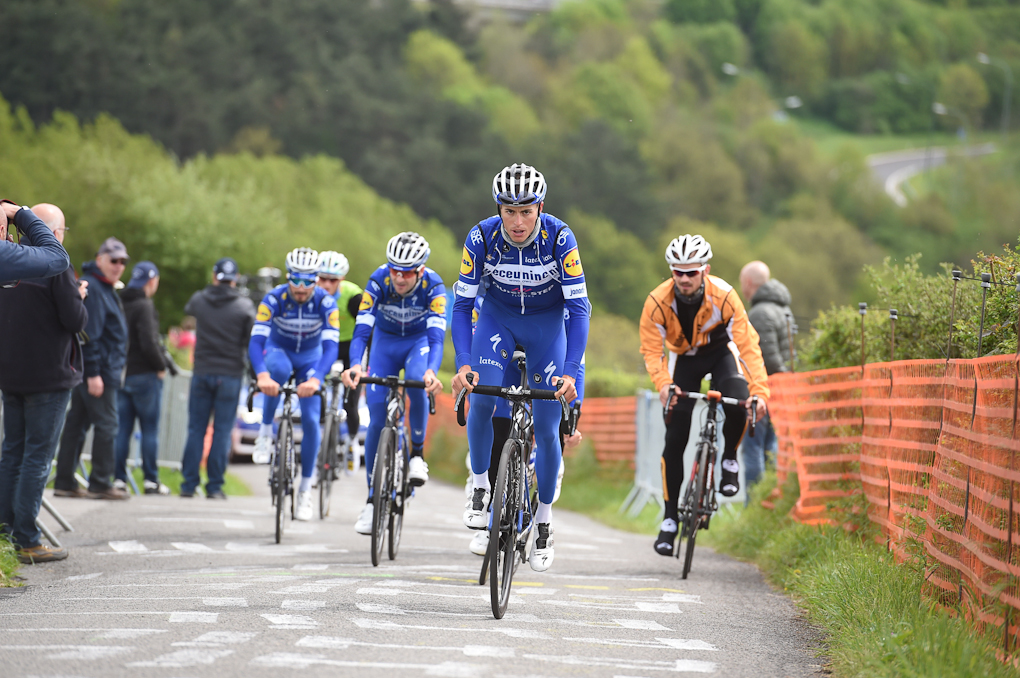
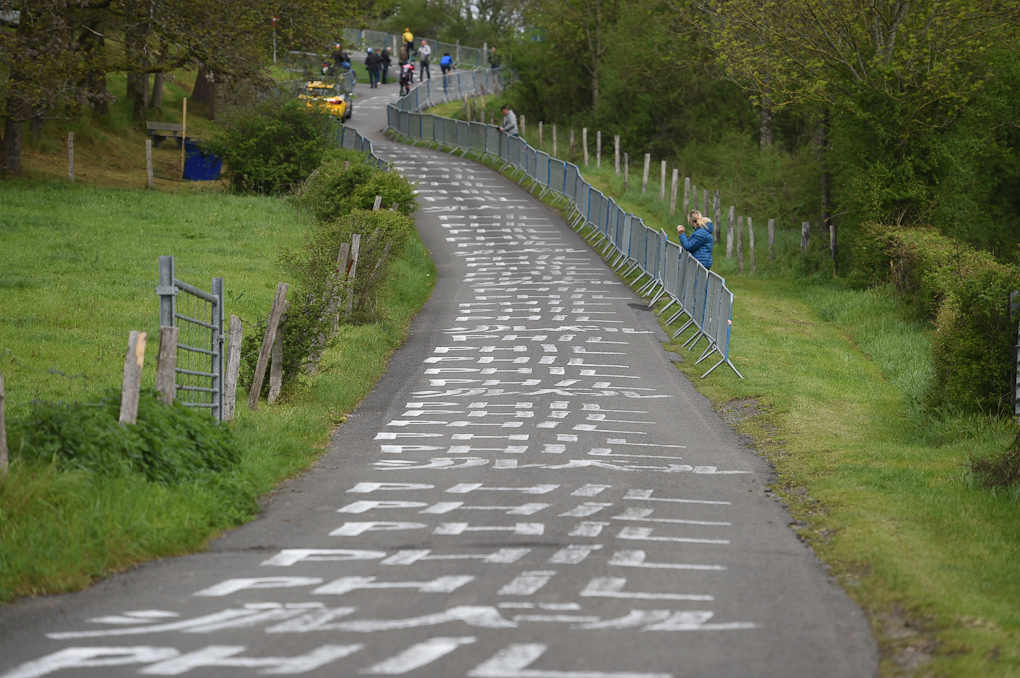
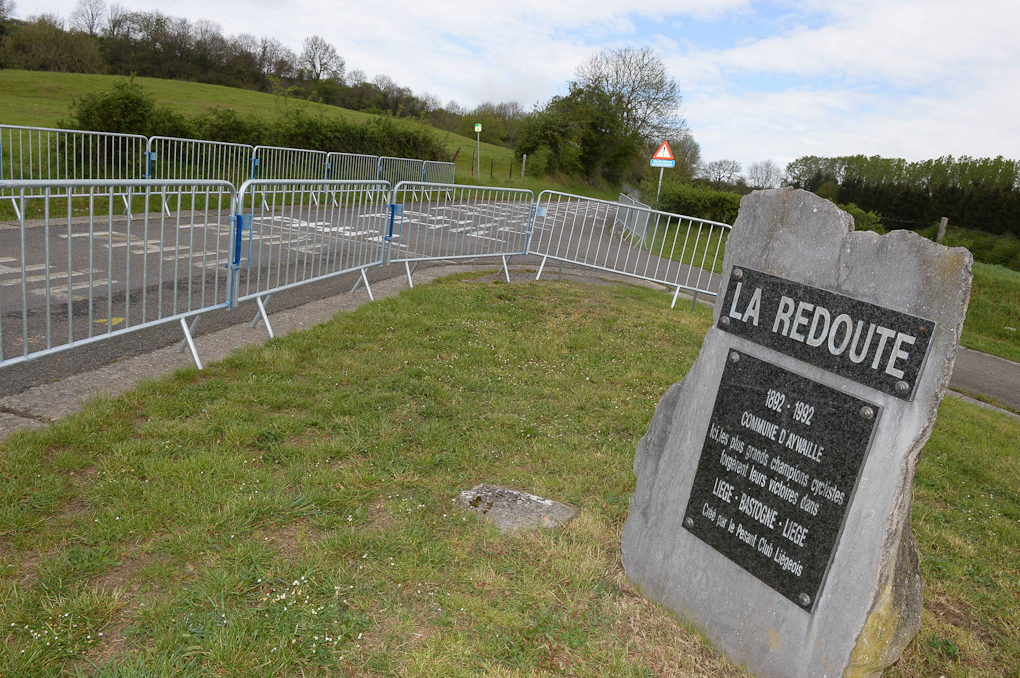
In the build-up to this year’s Liege-Bastogne-Liege much has been said about the new city centre finale, but there is more to the route changes than just the new finish line. The return of the Côte de Wanne, the Côte de Stockeu and Côte de la Haute Levée will seriously test those who hope to take advantage of the Liege finish. The new route makes the race a much more unpredictable prospect with more riders in with a chance of claiming victory on Sunday.
Like much of the peloton, Cyclingnews hit the roads on Friday morning to see what would be in store for the riders this weekend. There are some early climbs, but the route really begins to bite with just under 100 kilometres to go after the riders pass through the town of Vielsalm. This is the section that the riders really want to ingrain in their minds and it is where most of the teams – men’s and women’s - chose to start their final long ride before the big event on Sunday.
First up in this final 100 is the Cote de Mont-le-Soie, a short but steep climb that will soften up the legs and trim the bunch of some early strugglers. There is a short bit of respite as the peloton makes their way along the undulating road before the Cote de Wanne. The road takes a hard right to begin the climb and the riders will immediately be faced with a steep incline to get them going. It levels out briefly before pitching upwards again. It continues like this for 3.6 kilometres, averaging 5.1 per cent, before heading down towards Stavelot. The descent is fast and twisting, occasionally rising up to slow the progression of the riders.
No sooner have they arrived in Stavelot, the riders turn right again to begin the Cote de Stockeu. It begins steep and only gets steeper as it winds its way towards the top, easing off only ever so slightly at times. It is only one kilometre long but it will feel like a whole lot more with each little increase in gradient. This should provide another major selection, even bigger than the last.
The Stockeu, and the preceding Wanne and subsequent Haute-Levée, has been left out of Liege-Bastogne-Liege for three years due to road works, and that time has been put to good use with beautifully smooth tarmac at the top of the climb and along the descent. It is a fast run off the Stockeu back into Stavelot with the Haute-Levée climb coming in quick succession.
The Haute-Levée is the same length as the Wanne but is marginally steeper. Unlike the Wanne, its gradient is much more constant, providing little time to catch your breath. Concrete dividers line large parts of the centre of the road, forcing the riders to keep to just one lane as they wind their way up. As the climb mercifully comes to an end, the dividers disappear and the road widens – not that the main group will be that large by then.
Following the Haute-Levée, the route picks up parts of last year’s course with the Col du Rosier and the Col du Maquisard. From there, it is direction Cote de la Redoute. En route, they briefly cross over the route that brought them down to Bastogne earlier that day, but instead of heading straight on along the N633, they turn right. If you were unsure of where you were then the umpteen names painted on the road will quickly let you know.
Get The Leadout Newsletter
The latest race content, interviews, features, reviews and expert buying guides, direct to your inbox!
Of course, Philippe Gilbert’s name litters the road along with last year’s champion Bob Jungels. From the women’s peloton, Eri Yonamine and Rosella Ratto have had their names added into the mix. There was plenty of time to read the names because the road is so steep that it’s impossible to get any sort of speed on it. The spaces on the side of the road are littered with camper vans, most likely with burnt out clutches from the drive. It is two kilometres of pain that averages 8.9 per cent but reaches gradients of up to 22 per cent inside the second half of the climb.
The Cote des Forges has been added in between La Redoute and the final ascent of the Cote de la Roche-aux-Facons. At just one kilometre long, it packs a serious punch with an average gradient of 11 per cent, and the climbing does not end after the official KOM. It was on this section that Bob Jungels managed to escape and stay away to take his first ever Monument victory. With the new finish, it is very possible that someone could make a successful move at this point again.
It is soon after the descent that the race diverges away from its old finale as it makes its way into the centre of Liege. It is a technical ride with lots of lefts and rights, which make a chase harder in a larger group. With under 10 kilometres to go, the route heads onto the Rue de la Belle Jardiniere and onto the Route du Condroz. These roads take the riders on a long, sweeping descent where the best descenders, such as Vincenzo Nibali, will be able to build up quite some speed. There are some tighter corners to watch out for, which could be dangerous if it rains – which it is expected to do on Sunday.
Once at the bottom of the Route du Condroz, the riders are practically in the city centre. They turn left to cross the river Meuse before turning right and making their way past the train station. There are a few more twists and turns before they emerge onto the Boulevard d’Avroy.
The redesigned finale will open up the race to a wider variety of riders but those that hope to take victory will have to make it through the tough whittling down process that comes before it.
Born in Ireland to a cycling family and later moved to the Isle of Man, so there was no surprise when I got into the sport. Studied sports journalism at university before going on to do a Masters in sports broadcast. After university I spent three months interning at Eurosport, where I covered the Tour de France. In 2012 I started at Procycling Magazine, before becoming the deputy editor of Procycling Week. I then joined Cyclingnews, in December 2013.